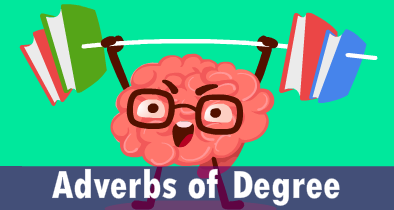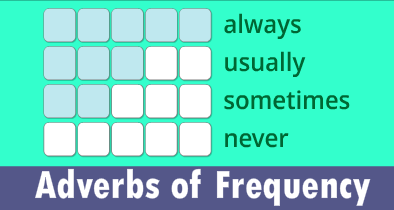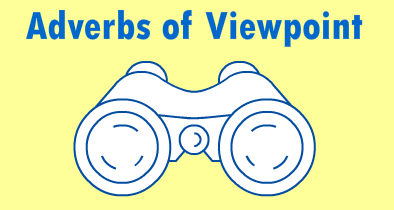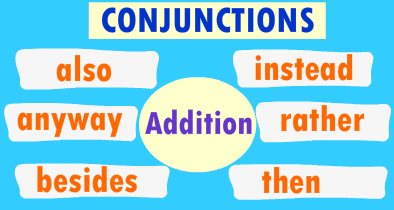Login as parent/teacher to assign this.
Adverb Games
Adverbs are a special part of speech used in the English language that change or add to the meaning of the verb in the sentence. You can use one or more adjectives in a row to add meaning to the verb. It describes the manner in which an action happened or the state of being of a condition or situation.
Adverbs of time are a specific type of adverb that adds meaning to the main verb by specifying when an action or event occurred. Here are some examples and their meanings: TODAY means the current day. I'm going to the park today.
Adverbs of place tell a location that is related to the verb telling us where something happened. They can be directional, refer to the distance between things, indicate a position, indicate movement in a particular direction, or indicate the general idea of a location. They are also called spatial adverbs. Example: After the tornado, there was debris everywhere.
An adverb of manner tells us how something happens and is usually found near the main verb. To form one, you usually take an adjective and add -LY. quick -> quickly She quickly ran to the aid of the firefighters.
An adverb of degree lets us know how much or to what extent something is done. It indicates the intensity of something, either stronger or weaker. Adverbs of degree are usually found before the adjective, adverb, or verb that they modify.
An adverb of frequency tells how often the action or event of the verb happens. For example: NEVER - We never thought we would get to go to Disneyworld. OCCASIONALLY - After dinner, we occasionally have dessert.
Adverbs of comment or viewpoint are unique in that they play their own specific part within a sentence by giving the opinion, thought, or commentary on the verb from the speaker. You can find adverbs of viewpoint at the beginning of a sentence with a comma afterwards. This sets up the sentence right away with a specific tone or attitude. Adverbs of comment can be found within the sentence itself.
Adverbs of conjunction join two independent clauses or sentences together by emphasizing the verb. They are often used to show addition or comparison, to indicate a consequence, to show contrast or emphasis, to show cause and effect, or to clarify.
Adverbs of confirmation and negation give certainty to the verb or the opposite, indicating a judgment, a statement, or an intelligent proposal. They serve to reinforce the action in the sentence as certain or uncertain, true or untrue. Here are some examples: CERTAINLY - We will certainly finish this project.

Our Educational Resources
Math Games
- Addition
- Area and Perimeter
- Decimals
- Division
- Fractions
- Shapes
- Geometry
- Multiplication
- Number
- Roman Numerals
- Statistics
- Subtraction
- Time
- Units of Measurement













